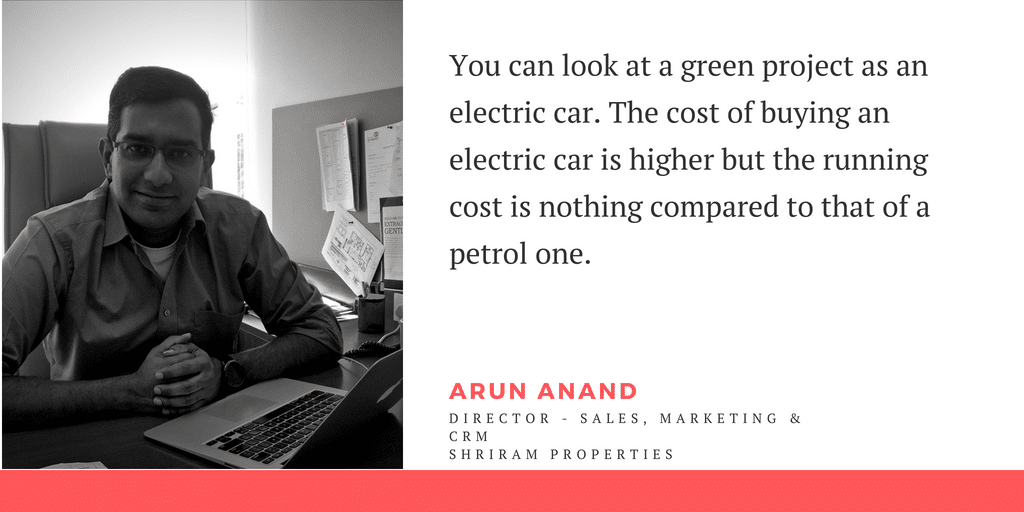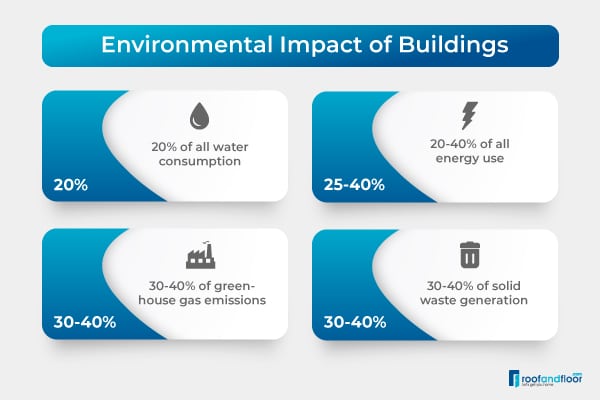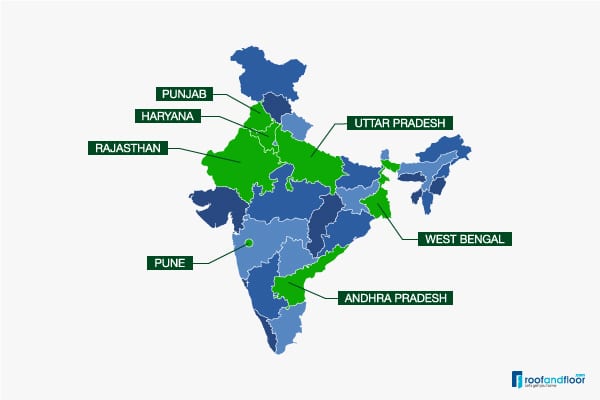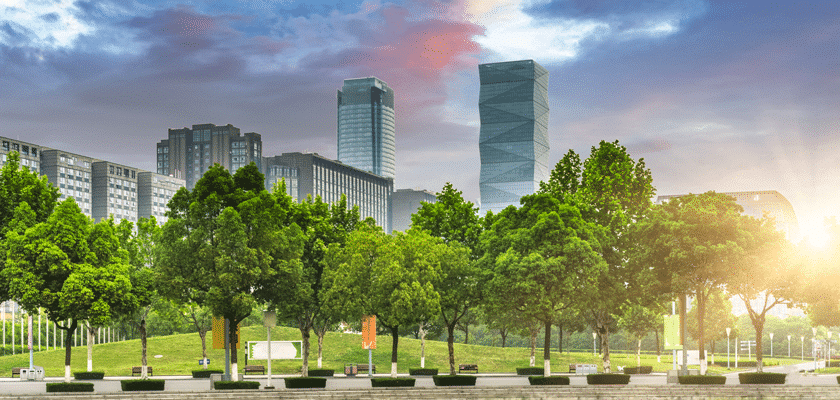Live in the lap of nature, an IGBC-certified project, a project with 80% open space – these are the taglines of some of the most popular residential projects in Bangalore. As the garden city gradually transforms into a concrete jungle, green buildings are fast catching the imagination of Bangaloreans.
Taking a cue from high consumer demand, developers have started to cash on this opportunity. In fact, 80% open space in a project is no longer a luxury, but the norm for several leading developers.
Why are green homes in demand?
Shrinking outdoor spaces: As green outdoor spaces shrink in urban areas, most homebuyers these days prefer to buy homes that offer ample open space and greenery within the residential complex.
“From gardens and lakes to skyscrapers and flyovers – Bangalore has seen rapid urbanisation over the last decade. This has largely impacted the green cover of the city. While buying a home, we wanted to stay close to nature yet within the city limits. The way out for us was to invest in a project that offers ample open space and greenery,” says Dr Nilkanth Ajmere, who recently bought a home with his wife on Sarjapur Road.
Increase in awareness: Homebuyers have become aware that structures that are built in harmony with nature provide healthier living spaces compared to conventional buildings. This is why, over the last few years, Bangalore has recorded a surge in demand for environment-friendly projects.
As demand and preferences evolve, real estate developers are also trying to keep pace with home seekers’ aspirations by providing such facilities.
The cost differences
When compared to a conventional building, the initial cost of a green building may be higher by up to 15%. However, in the long-term, green projects come with an array of benefits.
“Green homes come with several tangible benefits such as high natural ventilation in design (reducing the need of electricity for lighting or cooling) and reduced utility bills (by water saving and re-using techniques, solar lighting for common areas)” says Arun Anand, Director – Sales, Marketing and CRM, Shriram Properties.
In addition to these, there are also potential health benefits. As Dr Nilkant explains, “Being surrounded by greenery reduces anxiety and helps in staying calm and refreshed.”

The features
A building constructed keeping in mind the use of energy, water, and environmental quality can be termed as a green building. Some of the common features of a green building include:
- Rainwater harvesting
- Drip irrigation methods for efficient use of water
- Parking lots with electrical charging points
- Organic composting system
- Sewage treatment plant
The ratings
In India, there are three rating systems:
- Leadership in Energy and Environmental Design (LEED)
- Indian Green Building Council (IGBC)
- Green Rating for Integrated Habitat Assessment (GRIHA)
The Indian Green Building Council has a system of ratings accepted nationally as well as internationally, for the construction and maintenance of green buildings. Thus, you should verify whether the apartment building’s norms match that of the green norms as recommended by these authorities.
The challenges
While demand is on the rise, there still exist several challenges. A large section of buyers is still unaware of the enduring benefits of green homes, perhaps considering the high initial cost. In India, we also lack stringent norms for implementing green building norms.

Moreover, the cost of building environment-friendly projects is also high for developers. Thus, the government should look at incentivising developers in the form of additional FAR/FSI, followed by a rebate on property tax. There are a few Indian states that offer extra FAR for green buildings.

Is there potential?
Let’s look at some statistics. According to property consultant ANAROCK, India’s green building market is estimated to double by 2022 at 10 billion sq. ft, valuing around US$35-50 billion, driven by increasing awareness level, environmental benefits, and government support.
Till 2017, about 4,300 projects had been registered for green technology, which is only about 5% of the total buildings in India. Thus, there is huge potential for further penetration of green building technology.
If homebuyers, real estate developers, and government join hands, we will surely have a healthier place to live and work in the times to come.
Further reading
- Bangalore Produces over 20 Lakh Tonnes of Waste Every Year
- Developers Need to Take the Onus of Waste Responsibility
- Green Buildings Are Imperative, Not a Choice





